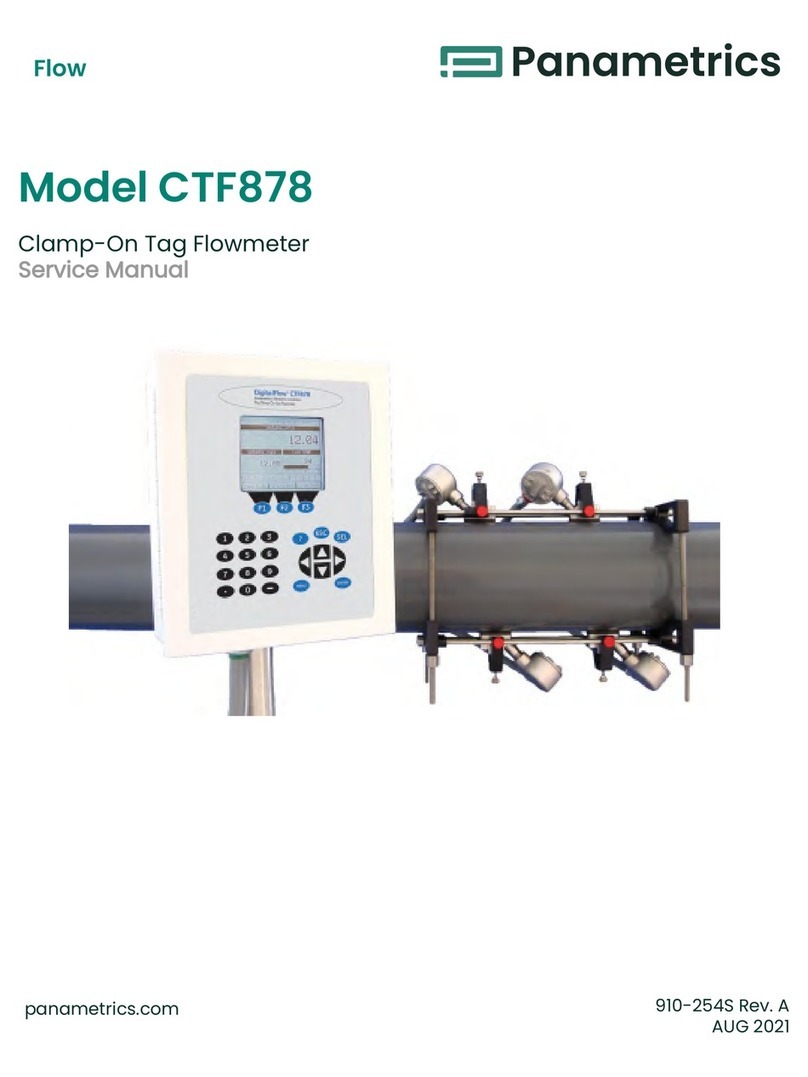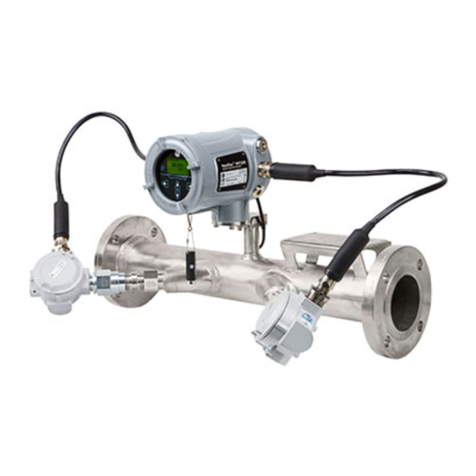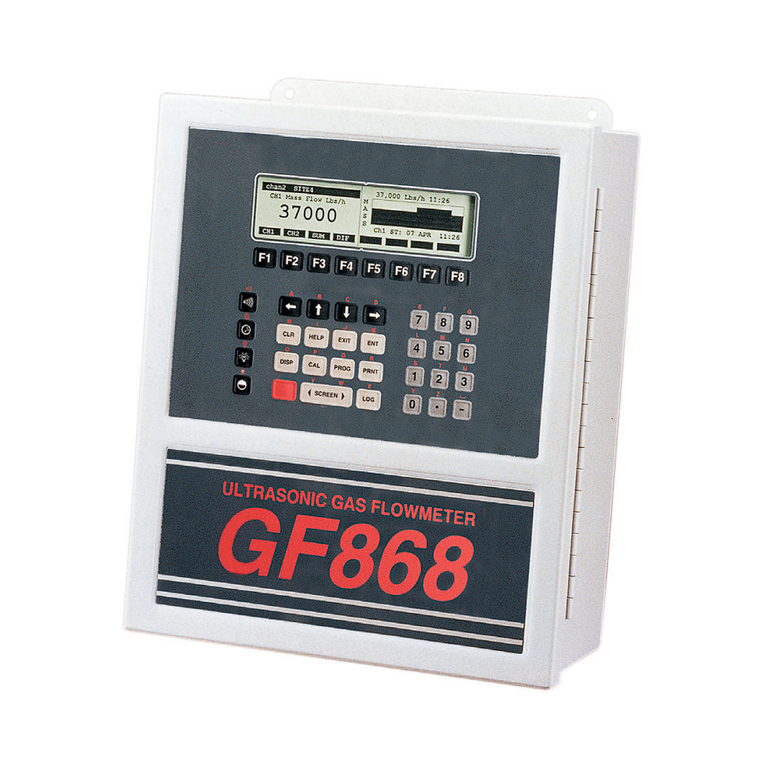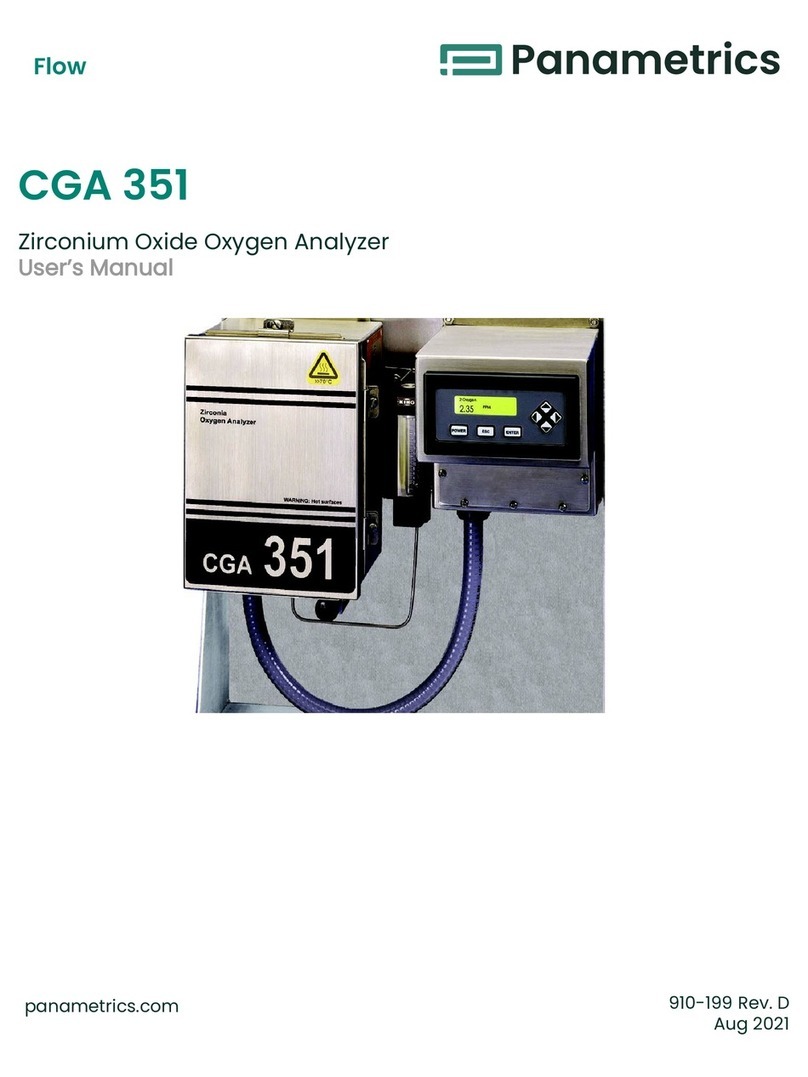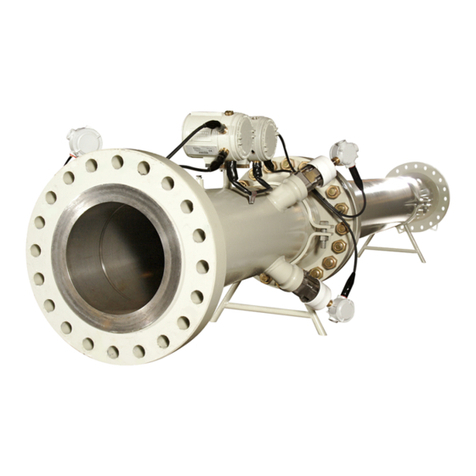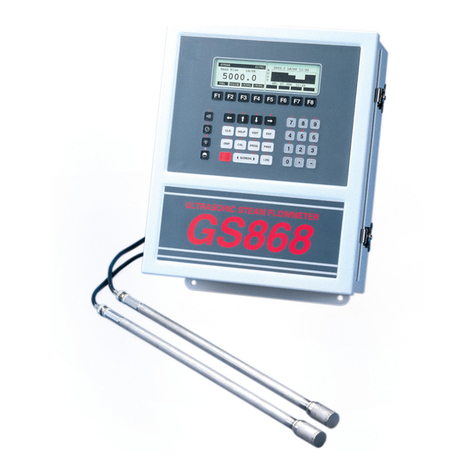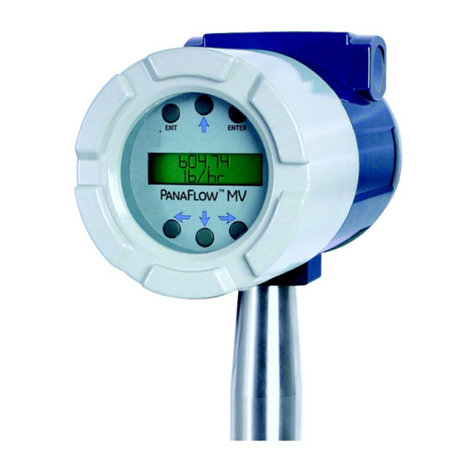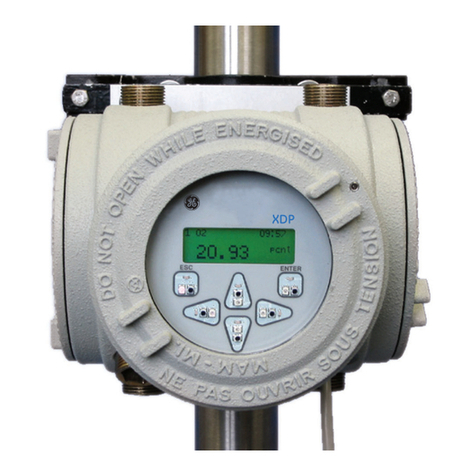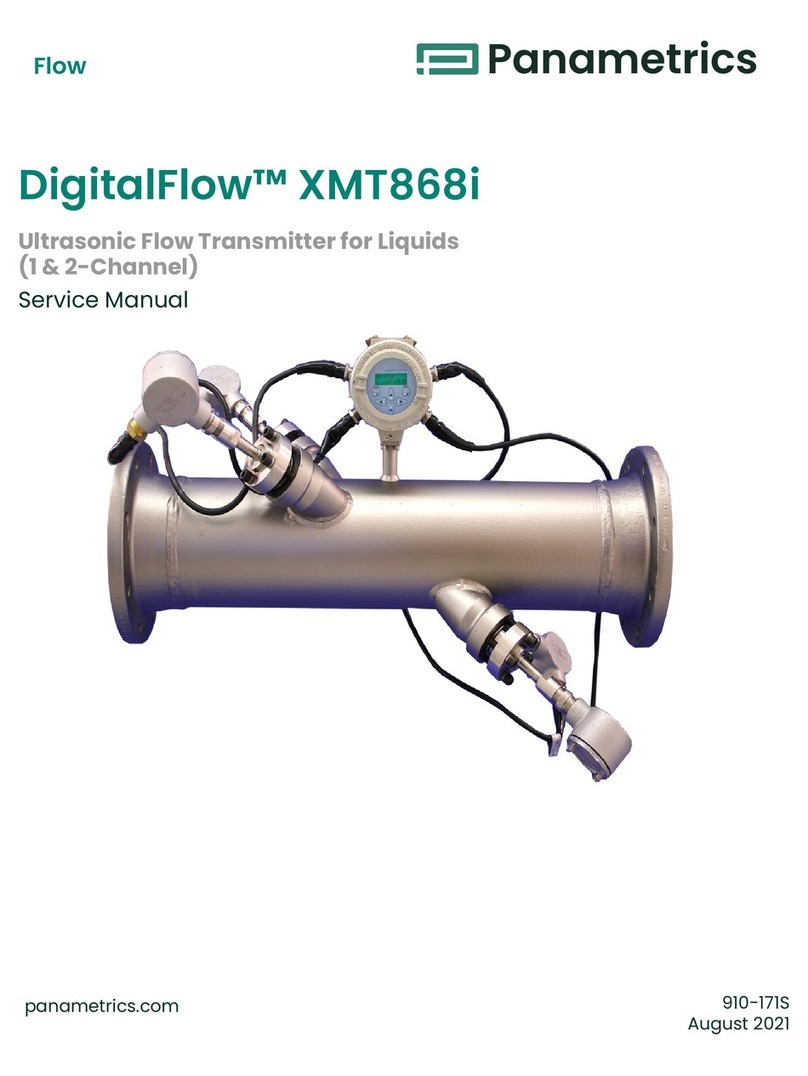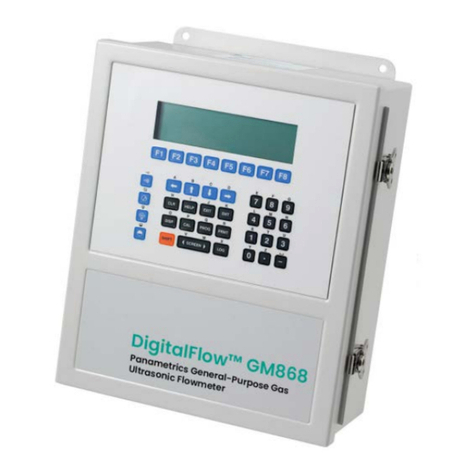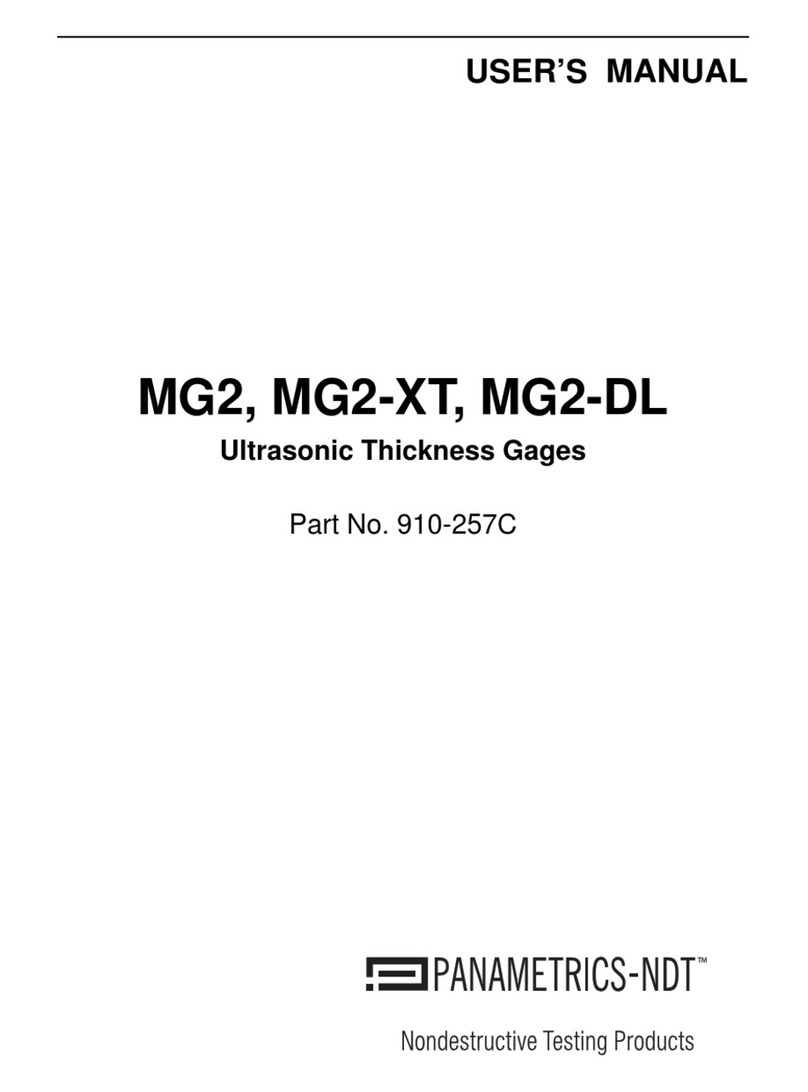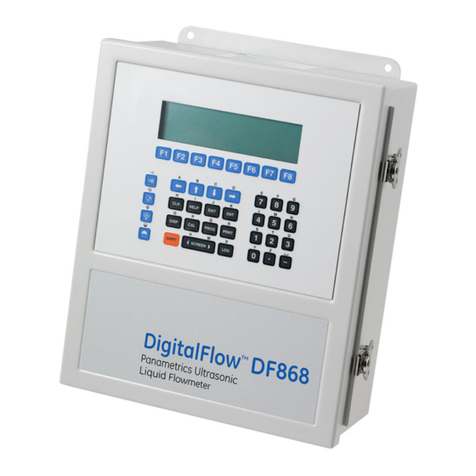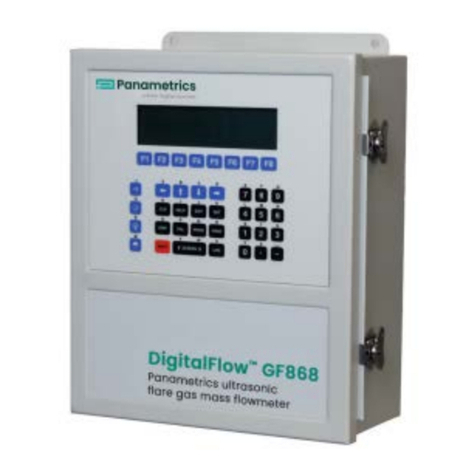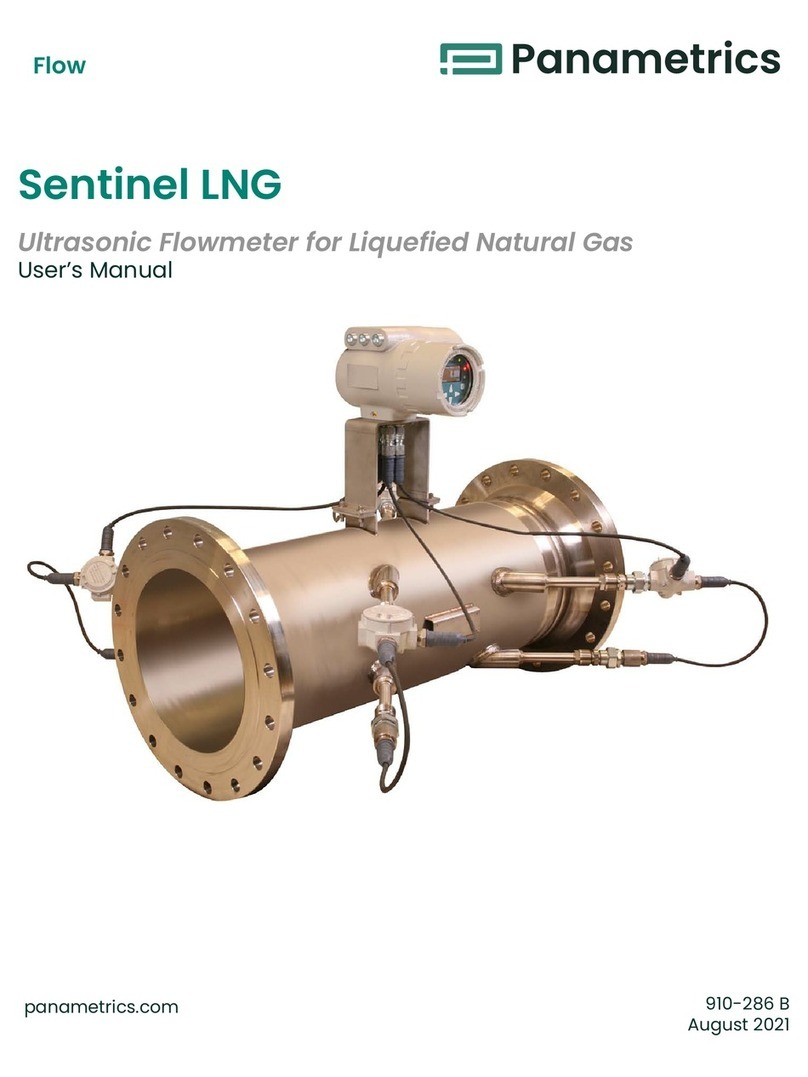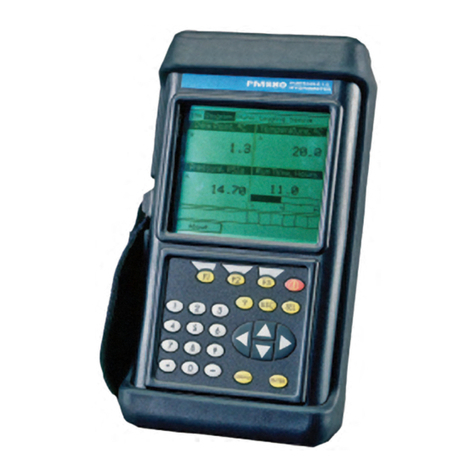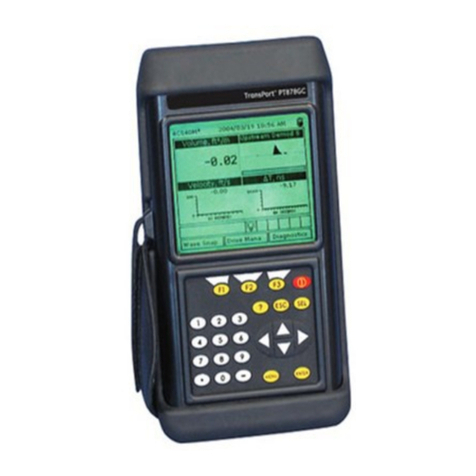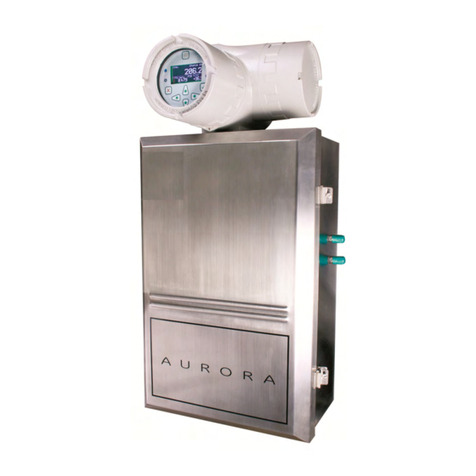
Appendix A. Specifications. . . . . . . . . . . . . . . . . . . . . . . . . . . . . . . . . . . . . . . . . . . . . . . . . . . . . . . . . . . . . 23
A.1 Operation and performance ....................................................................23
A.2 Electronics ......................................................................................24
Appendix B. Modbus communication ..................................................25
B.1 Modbus protocol................................................................................25
B.2 Modbus register map ...........................................................................25
Appendix C. HART communication.....................................................48
C.1 Wiring the XMT1000 to the HART communicator .................................................48
C.2 HART write mode switch.........................................................................48
C.3 HART menu maps ...............................................................................49
C.3.1 HART output menu map. . . . . . . . . . . . . . . . . . . . . . . . . . . . . . . . . . . . . . . . . . . . . . . . . . . . . . . . . . . . . . . . . . . . . . . . . . . . . . . . . 49
C.3.2 HART review menu map.................................................................................50
Appendix D. Foundation fieldbus communication ...................................... 51
D.1 Introduction .................................................................................... 51
D.2 Installation ..................................................................................... 51
D.2.1 Network configuration ...................................................................................51
D.2.2 Polarity...................................................................................................51
D.2.3 Connection ..............................................................................................51
D.2.4 FISCO (fieldbus intrinsically safe concept) ..............................................................52
D.2.5 DD file ................................................................................................... 52
D.2.6 Default node address ...................................................................................52
D.3 Specifications...................................................................................53
D.3.1 General .................................................................................................53
D.3.2 Physical .................................................................................................53
D.3.3 Communication ........................................................................................53
D.3.4 User Layer ...............................................................................................53
D.3.5 Function blocks .........................................................................................53
D.4 Resource block .................................................................................54
D.4.1 FF revision ...............................................................................................54
D.4.2 Password................................................................................................54
D.4.3 NAMUR NE107 ............................................................................................55
D.5 XMIT transducer block ..........................................................................57
D.5.1 Units.......................................................................................................58
D.6 Composite transducer block ....................................................................59
D.6.1 Clearing the totalizer .....................................................................................61
D.7 Channel transducer block ......................................................................62
D.8 Analog input block..............................................................................63
D.9 PID block........................................................................................63
D.10 Error handling...................................................................................63
D.11 Simulation mode ...............................................................................64
D.12 Fieldbus troubleshooting guide .................................................................65
vi

